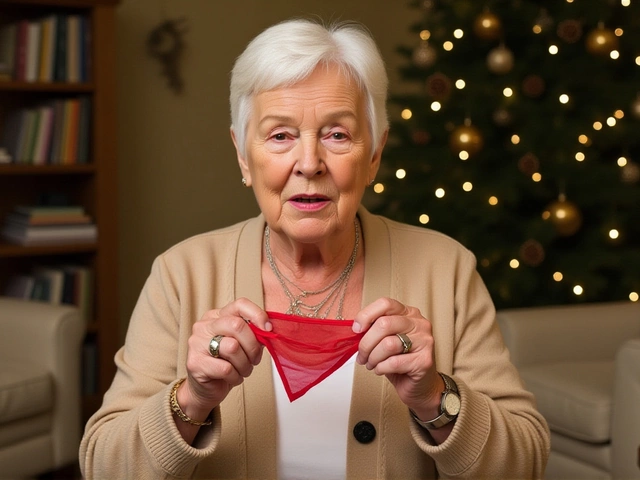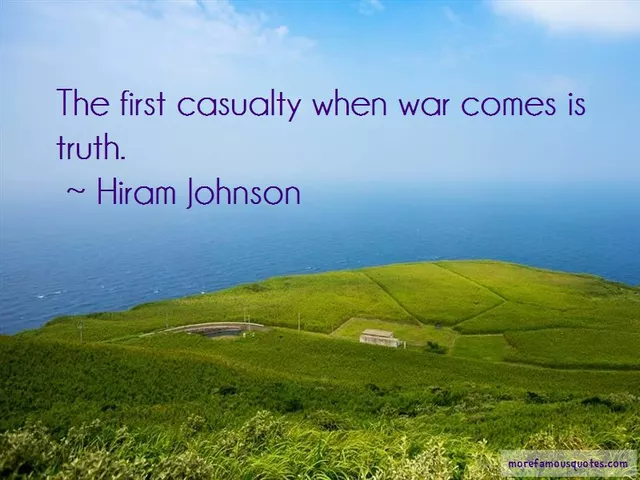 16
Nov,2025
16
Nov,2025
On November 12, 2025, at 7:00 PM Eastern Time, Ja Rule—born Jeffrey Bruce Atkins on February 29, 1976, in Queens, New York—sat across from former NBA All-Star Carmelo Anthony on the podcast 7PM in Brooklyn and dropped a bombshell: "I feel like I was the better rapper." The admission, made at 155 Varick Street, Brooklyn, wasn’t just a boast. It was a reckoning. "Me and 50’s sh*t, that sh*t f**ked up New York Hip-Hop," Ja Rule continued, voice low but unshaken. "It really did because it separated a lot of ni**as in New York." The rawness of the statement stunned listeners. For over two decades, Ja Rule had danced around direct comparisons with 50 Cent—born Curtis Jackson on July 6, 1975, also in Queens. He’d talked about label wars, lawsuits, and betrayal. But never like this. Never so personal. Never so unguarded.
The Fracture in New York Hip-Hop
The feud between Ja Rule and 50 Cent didn’t start with a diss track. It started with a robbery. In the late ’90s, an associate of Ja Rule was allegedly robbed by someone connected to 50 Cent’s circle. What followed wasn’t just rap beef—it was a cultural schism. Murder Inc. Records, co-founded by Irv Gotti in the Bronx, stood for polished, melodic, street-smart anthems. G-Unit, built by 50 Cent, was raw, aggressive, and unapologetically violent in its storytelling. Fans picked sides. Friendships ended. Clubs banned certain artists. The rivalry wasn’t just commercial—it was tribal.
By 2003, the damage was irreversible. Ja Rule’s Pain Is Love had sold over 2 million copies in its first week. 50 Cent’s Get Rich or Die Tryin’ shattered records, moving 872,000 units in a single day. Nielsen SoundScan later confirmed 50 Cent had sold over 30 million albums worldwide. Ja Rule? Around 18 million. But here’s the twist: Ja Rule’s songs still play in car stereos, barbecues, and old-school playlists. "I feel like my records aged better," he said. "Still. That’s how I feel inside."
Contrasting Feuds: Then and Now
Ja Rule didn’t just look back—he looked sideways. He brought up the 2025 battle between Kendrick Lamar and Drake, specifically citing Drake’s $400 million lawsuit against Universal Music Group over the promotion of Lamar’s diss track "Not Like Us." "Look at Kendrick and Drake," Ja Rule said. "Nothing good is coming out of any of these things."
It’s a sobering parallel. The 2002–2005 feud between Ja Rule and 50 Cent was messy, but it was rooted in street credibility, label power, and regional pride. The Kendrick-Drake war? It’s about streaming algorithms, corporate control, and cultural ownership. Both tore communities apart. But Ja Rule’s admission suggests he now sees his own conflict as a cautionary tale.
A Shift in Perspective
For years, Ja Rule avoided calling himself better than anyone. He’d deflect with jokes, talk about business, or praise 50 Cent’s hustle. But on November 12, 2025, he didn’t. He didn’t apologize. He didn’t soften. He stated his truth plainly: his music endured. His hooks stuck. His voice carried weight beyond chart positions.
Industry insiders are taking notice. Billboard magazine plans to publish a deep-dive analysis comparing the two eras in its November 25, 2025 issue. "This isn’t just nostalgia," said one A&R executive who spoke anonymously. "It’s a generational reckoning. Ja Rule is acknowledging what many fans always knew: artistry doesn’t always win in sales, but it wins in legacy."

What’s Next?
Will 50 Cent respond? So far, silence. But the internet is buzzing. Memes of Ja Rule holding up a platinum plaque next to a 2003 Billboard chart have gone viral. A fan campaign, #JaRuleWasBetter, is trending on X. Meanwhile, Carmelo Anthony, the podcast host, quietly confirmed the interview was unedited. "He meant every word," Anthony told a reporter afterward.
What’s clear is this: the New York hip-hop scene is still healing. The wounds from that feud never fully closed—they just got buried under newer drama. Now, Ja Rule has dug them up. And maybe, just maybe, that’s what the culture needed.
Frequently Asked Questions
Why did Ja Rule and 50 Cent’s feud hurt New York hip-hop so badly?
Their rivalry split fans, artists, and even DJs along rigid lines—Murder Inc. vs. G-Unit. Clubs stopped booking both, radio stations refused to play both, and young rappers felt forced to pick sides. It turned a vibrant, collaborative scene into a war zone, stifling creativity and alienating audiences who just wanted good music.
How do Ja Rule’s sales compare to 50 Cent’s?
According to Nielsen SoundScan, 50 Cent has sold over 30 million albums worldwide, largely thanks to the blockbuster success of Get Rich or Die Tryin’. Ja Rule has sold roughly 18 million, with multiple platinum albums like Pain Is Love and Rule 3:36. But sales don’t reflect longevity—Ja Rule’s tracks still dominate throwback playlists, suggesting deeper cultural resonance.
What role did Irv Gotti play in the feud?
As co-founder and CEO of Murder Inc. Records, Irv Gotti was the architect of Ja Rule’s sound and image. He helped craft the label’s polished, R&B-infused hip-hop style, directly contrasting G-Unit’s gritty aesthetic. Gotti’s production choices and business decisions fueled the rivalry, and he remained a vocal defender of Ja Rule throughout the conflict.
Why is Ja Rule’s 2025 statement significant?
For over 20 years, Ja Rule avoided direct artistic comparisons, focusing on business grievances. His 2025 admission—that his music aged better and that the feud damaged New York hip-hop—marks a rare moment of introspection. It shifts the narrative from rivalry to reflection, acknowledging cultural harm over commercial victory.
How does the Kendrick Lamar-Drake feud compare to Ja Rule vs. 50 Cent?
The 2025 Kendrick-Drake conflict is driven by corporate power (Drake’s $400M lawsuit against Universal Music Group) and digital influence, while Ja Rule and 50 Cent’s battle was rooted in street credibility and regional loyalty. Both fractured communities, but the newer feud feels more institutionalized, whereas the old one was raw, personal, and deeply tied to New York’s physical and cultural landscape.
Will this lead to a reconciliation between Ja Rule and 50 Cent?
Unlikely in the short term—50 Cent has remained silent. But Ja Rule’s vulnerability opens the door. Fans are calling for a joint interview or even a charity concert. If either artist responds with honesty instead of heat, it could become one of hip-hop’s most powerful moments of healing.




